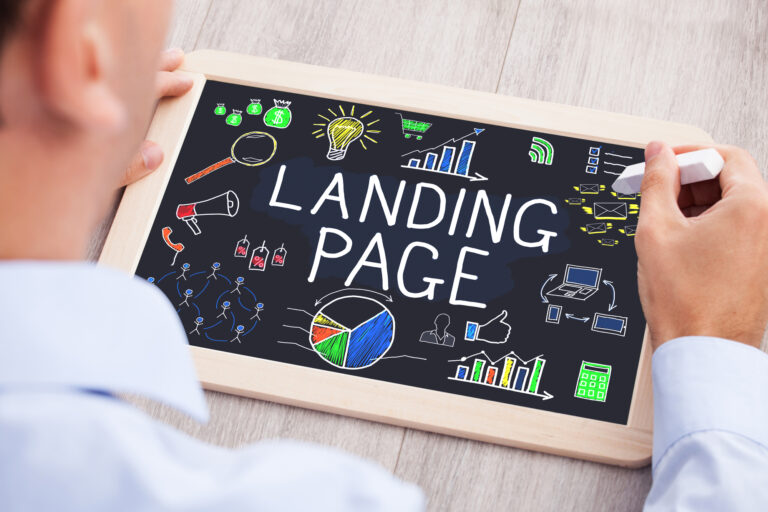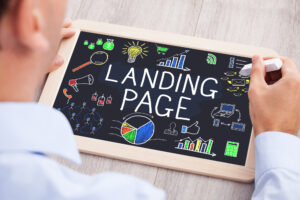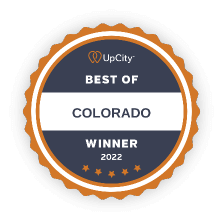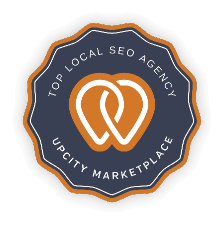In the world of digital marketing, the concept of SEO for landing pages holds significant weight. These targeted web pages are created with a clear goal in mind: to attract and retain visitors, who will hopefully become paying customers. To maximize your proportion of organic search traffic in your industry, your landing pages must be optimized for search engines. Let’s get into the nitty-gritty and nuances of landing page SEO optimization and find out how to make them more visible, interesting, and effective.
Understanding the Essence of SEO Landing Pages
The primary idea is to bring in a specific kind of visitor and then persuade them to do whatever you want them to do, like sign up for your newsletter, buy something, or fill out a contact form. A well-optimized landing page for search engines doesn’t just happen; it’s built from the ground up with the user in mind. These pages strive to create a seamless and engaging path for visitors by concentrating on user intent, relevant keywords, and a compelling call to action (CTA).
Unveiling the Best Practices for Landing Page SEO
-
Keyword Research
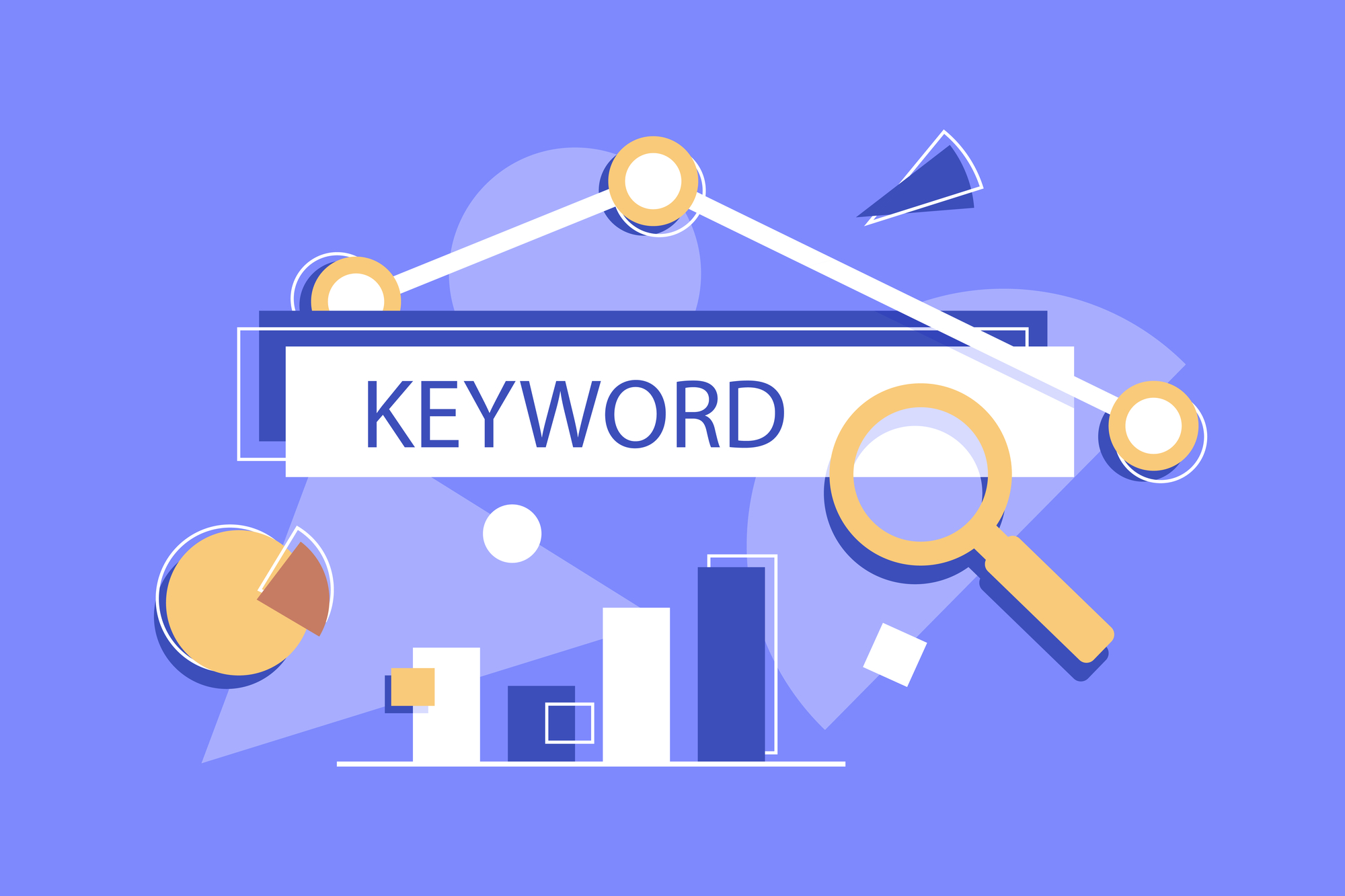
Conducting in-depth keyword research is the bedrock of an effective SEO landing page. Traditional search engine optimization balances the use of informational, navigational, and transactional keywords; landing pages, however, place a greater emphasis on the latter. These are typically long-tail keywords that indicate the user is intent on making a purchase. You may find keywords with purchase intent that are relevant to the goal of your landing page using a tool like Semrush’s Keyword Magic Tool.
-
Content and Design Alignment
It’s crucial to carefully select material that responds directly to user queries. Your landing page’s content should intuitively respond to the user’s search. When content and design work together, it improves the user experience, drives down bounce rates, and boosts conversion chances.
-
On-Page SEO
Among the many factors that contribute to on-page SEO performance are the meta title, meta description, header tags, and keyword placement. Keep in mind that search engines will punish you for overusing keywords and work them into the text naturally.
-
Optimize the URL
The URL of your landing page is a critical ranking factor. Landing pages should ideally be published on your domain to maximize your domain’s authority. URLs should be short, easy to remember, and descriptive of the page’s content and function.
-
Page Speed and Core Web Vitals
Performance and how quickly a page loads have a significant impact on the user experience. Users will leave if your page takes too long to load, and that will hurt your search engine rankings. Keep an eye on the speed and responsiveness metrics for your landing page using tools like Core Web Vitals.
-
Build Backlinks
Landing page search engine optimization (SEO) might benefit from backlinking even if it isn’t the primary goal. Your landing page’s credibility and authority can be boosted by getting high-quality backlinks from established sites.
-
User-Friendly Forms
Forms for collecting user data are a common component of landing sites. Make sure these forms are easy to use by just requesting the necessary information. Forms that are too long may discourage users from completing the action, thus it is important to find a happy medium between the two goals.
-
Visual Optimization
Landing page images help with aesthetics and interaction. Improve image optimization by giving files meaningful names and adding alt text. This is helpful for search engine optimization and it also guarantees accessibility for those with disabilities.
-
Craft Compelling CTAs
There needs to be a strong call to action at the end of every SEO landing page. Make sure your call to action (whether it’s a signup form, a buy button, or a download link) is visible and stands out visually.
-
Content Length and Quality
Landing pages, in contrast to blog posts, thrive on succinct and powerful information. Keep things simple and to the point, giving people just the data they need to make a call.
Pro Tips for Mastering SEO for Landing Pages
While mastering the principles of search engine optimization (SEO) for landing pages is essential, delving into the finer aspects might offer you an edge. You may hone your strategy and increase the effectiveness of your landing pages by following these guidelines from the pros:
-
A/B Testing for Continuous Improvement
Use split-testing software to see how headlines, calls-to-action, and color palettes perform in comparison to one another on your landing page. Constantly evaluate data to learn what works best with your target audience and enhance your landing page accordingly.
-
Leverage Social Proof
Add trust indicators like badges, reviews, and testimonials from satisfied customers. These features can boost your site’s reputation and convince site visitors that spending time with your product is worthwhile.

-
Mobile Optimization is Non-Negotiable
The vast majority of web traffic now originates from mobile devices, thus optimizing your landing page for them is crucial. A better user experience and higher search engine results are two outcomes of a mobile-friendly, responsive design.
-
Prioritize Local SEO for Targeted Audiences
Local search engine optimization is a must if your company focuses on a certain region. To improve your visibility in local search results, it is a good idea to use location-specific keywords, optimize your Google My Business listing, and solicit recommendations from satisfied customers.
-
Utilize Schema Markup
Add more information to search engines about your landing page’s content by using schema markup. This can result in more prominent and clickable rich snippets in search engine results.
-
Monitor User Behavior with Heatmaps
With the help of heatmap tools, you can see where visitors click, scroll, and spend the most time on your landing page. With this knowledge, you may improve your page’s layout and style to attract more visitors.

-
Implement Accelerated Mobile Pages (AMP)
You should think about using AMP to make mobile-optimized versions of your landing pages that load quickly. Google gives AMP pages a boost in search results, which benefits both users and businesses.
-
Embrace Long-Tail Keywords
Long-tail keywords that target specific user queries should be incorporated with core keywords. There is typically less competition for long-tail keywords, and they can bring in highly targeted visitors.
-
Optimize for Voice Search
With the rise of voice search, it’s important to ensure that your landing page content is ready to respond to natural language questions. Consider how people might ask inquiries of virtual assistants like Siri or Alexa.
-
Retargeting for Abandoned Visitors
Use retargeting ads to reach people who visited your landing page but didn’t buy anything. Display adverts and email marketing can be used to get people to come back and see what they’ve been missing.
-
Implement Structured Data
Improve your landing page’s visibility in search results by adding structured data markup such as frequently asked questions schema or product schema. This has the potential to attract more people and enhance click-through rates.
-
Secure Your Landing Pages
Having an HTTPS connection does more than just improve your site’s SEO; it also increases user confidence. Protecting user information and increasing trust requires making sure your landing pages are protected by an SSL certificate.
-
Test Page Load Times Regularly
Slow-loading pages can drive visitors away and negatively impact your rankings. Landing page load speeds should be regularly tested and optimized to ensure a smooth user experience.
-
Integrate Social Sharing Buttons
Facilitate social media sharing of material from your landing page. Your audience will grow and you may get more links if you do this.
-
Invest in Professional Design
An engaging and enjoyable experience is enhanced by a design that is both aesthetically pleasing and easy to use. Make an impression on your guests with expert design.
-
Analyze User Journey
To learn how visitors interact with your landing pages, utilize an analytics tool like Google Analytics. Optimize the flow and enhance conversions by pinpointing locations of friction and improvement.
-
Keep SEO Evolving
Keep up with the latest changes in search engine optimization, algorithmic practices, and user habits. What works now may not tomorrow, therefore you’ll need to modify your approach.
Use these SEO best practices for landing pages to boost your online visibility, increase user engagement, and attract more qualified leads. Keep in mind that SEO is a rapidly evolving field and that staying ahead in the digital age requires constant study and adjustment.
Frequently Asked Questions (FAQ) About SEO for Landing Pages
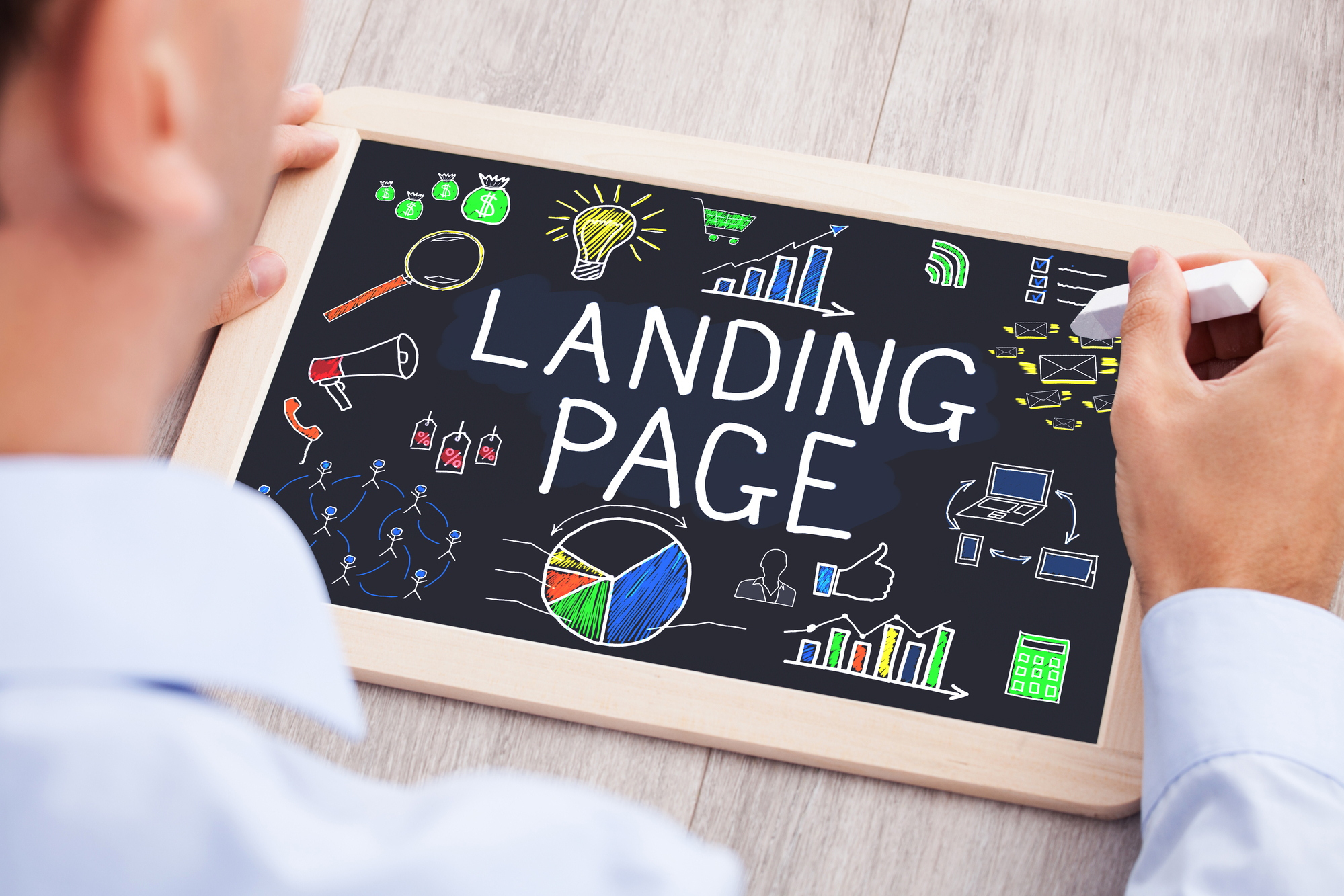
-
What is an SEO landing page?
Search engine optimization (SEO) landing pages are websites created for the express purpose of attracting visitors and converting them into customers. These pages are optimized for specific keywords and feature an obvious CTA to prompt readers to take the next step.
-
How do SEO-friendly landing pages benefit my business?
Landing pages optimized for search engines get more clicks from relevant traffic and are more likely to result in sales or leads. They help your digital marketing overall and provide a better experience for your users.
-
What’s the role of keyword research in landing page SEO?
Finding the best keywords to optimize your landing page requires extensive keyword research. If you know the intent behind your consumers’ searches, you can better tailor your content to meet their needs and go up the SERPs.
-
Can I use the same SEO strategy for all types of landing pages?
While there are general SEO rules that can be applied to each landing page, certain variations may be necessary. Landing pages for limited-time offers may seem different from those for consistently updated products. Strategize for each landing page individually, taking into account its unique aims and qualities.
-
How important is mobile optimization for landing pages?
Due to the increasing prevalence of mobile internet usage, landing pages must be optimized for mobile viewing. Users, search engine rankings, and conversion rates can all benefit from a mobile-friendly landing page that loads quickly.
-
What role does user behavior play in landing page SEO?
The success of your landing page may be gauged by tracking user actions like page visits, time spent, and clicks. Improve user engagement and conversion rates by keeping an eye on and analyzing these indicators.
-
Is it better to have shorter or longer landing page content?
The information shown on a landing page needs to be succinct and relevant. Although longer content is preferred for SEO in general, landing pages should focus on getting the most important information over as soon as possible. Avoid filler and instead emphasize providing the benefits, features, and a direct call to action.
-
How can I optimize images on my landing page for SEO?
Improve picture optimization by giving files meaningful names and using alt text that describes the photos appropriately. This method not only boosts search engine optimization but also guarantees accessibility for people with disabilities.
-
What’s the significance of meta descriptions in landing page SEO?
Even while meta descriptions do not affect search engine rankings, they play a significant role in getting people to click on your link. Create meta descriptions that capture the essence of your landing page’s content and value proposition while remaining succinct and engaging.
-
How can I ensure my landing page stays relevant in changing SEO trends?
Keep up with the latest in search engine optimization, algorithms, and user preferences. To keep up with the ever-changing online environment, it’s important to routinely review and assess your landing pages. Try out various tactics and keep track of how they affect the effectiveness of your landing page.
-
Can I use the same landing page for multiple keywords?
Having a dedicated landing page for each keyword or topic is recommended. Maintaining relevance and providing a targeted user experience requires that each landing page be optimized for a particular keyword or topic.
-
What’s the role of backlinks in landing page SEO?
Your landing page’s reputation and authority will increase if it contains backlinks from reputable and applicable sources. High-quality backlinks can help your SEO efforts, so it’s important to prioritize them over quantity while developing them.
-
How often should I update my landing pages for SEO?
Keep tabs on your landing pages’ stats and make any necessary changes often. You should examine and optimize your landing pages whenever there are changes to your offering, keywords, or user behavior.
-
Should I prioritize SEO or user experience for landing pages?
SEO and UX are two sides of the same coin. Search engine optimization (SEO) is critical, but putting users first will yield better results. An improved ranking is the ultimate result of consistent, user-friendly user engagement and conversions.
-
Can I use paid advertising alongside SEO for landing pages?
Absolutely. Pay-per-click (PPC) campaigns and other forms of paid advertising can supplement your search engine optimization by boosting your online presence quickly. A complete online marketing strategy may arise from combining the two approaches.
Embracing SEO for Landing Page Success
An important strategic step that can have a major impact on your online business is learning how to optimize landing pages for search engines. These pages are essential to any successful inbound marketing strategy because they connect user intent with desired actions. Your landing pages can rank higher in SERPs and attract your ideal consumers if you put in the time and effort to conduct thorough keyword research, optimize on-page features, and write content with the user in mind.
Keep in mind that SEO is an ever-evolving field wherein you must always adapt to meet changing consumer expectations and industry standards. Landing page audits, metric tracking, and strategy adjustments should be regular occurrences to keep up with the dynamic nature of the digital world. Your landing pages may be conversion and engagement beacons in the vast ocean of online content with a solid search engine optimization strategy.

